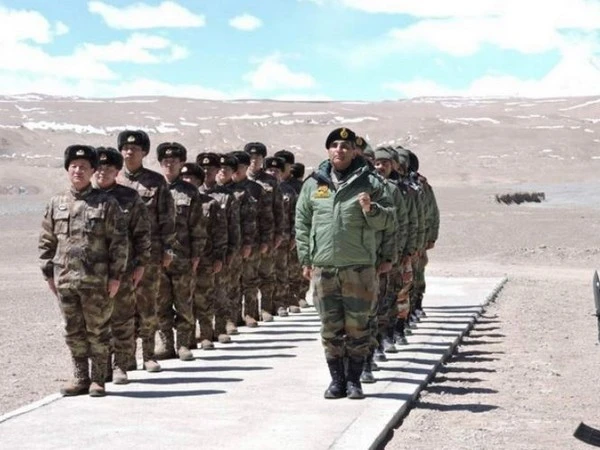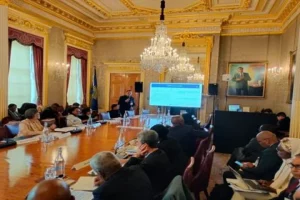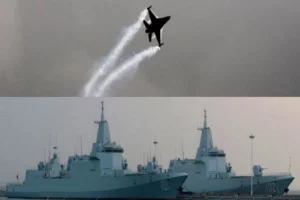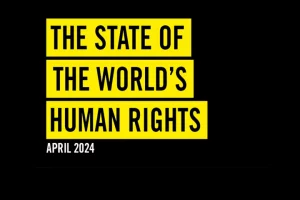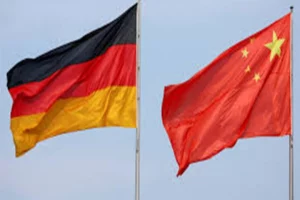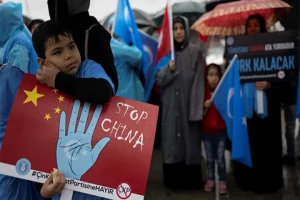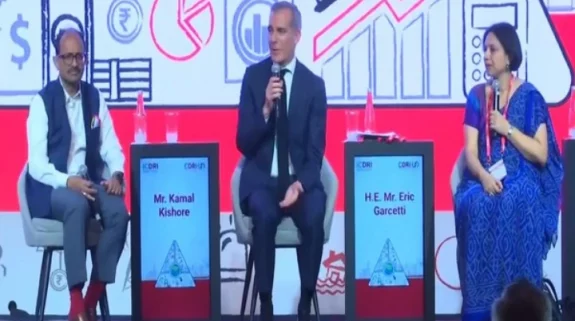Indian and Chinese troops have begun disengaging from Gogra-Hot Springs, a key friction point along the Line of Actual Control in eastern Ladakh.
“On 8th September 2022, according to the consensus reached in the 16th round of India China Corps Commander Level Meeting, the Indian and Chinese troops in the area of Gogra-Hot Springs (PP-15) have begun to disengage in a coordinated and planned way, which is conducive to the peace and tranquillity in the border areas,” the joint statement said.
Indian & Chinese troops begin disengagement from #Ladakh‘s Gogra-Hot Springs area
The disengagement began as per consensus reached during the 16th round of corps commander-level talks in July#IndiaNarrative pic.twitter.com/lK6sdfnHoP
— INDIA NARRATIVE (@india_narrative) September 8, 2022
Chinese troops are likely to withdraw to the positions they had been deployed before April-May 2020.
The withdrawal comes ahead of the September 15 summit of the Shanghai Cooperation Organisation (SCO) in Samarkand, in which both Prime Minister Narendra Modi and Chinese President are expected to participate.
Two major factors appear to have persuaded the Chinese from pulling out from yet another friction point. Chinese PLA troops had earlier pulled back from the North and South Bank of the Pangong lake in Ladakh.
First, tensions between China and the United States have heated up to an altogether new level over Taiwan, following the visit of the US Congressional leader Nancy Pelosi to Taipei. With the Taiwan front volatile- a situation that could worsen after the 20th party congress of the Communist Party of China—it would be in Beijing’s interest to ease tensions along its land frontiers with India.
Second, the mandarins in Beijing are now fully aware that the Modi government practices genuine strategy autonomy as demonstrated by New Delhi’s position of neutrality towards Russia following the Ukraine war, notwithstanding heavy western pressure. Thus, China is aware that New Delhi pursues an independent foreign policy, and a re-engagement with Beijing is not ruled out, provided the Middle Kingdom restores the status quo ante as it existed before May 2020 in Ladakh.
Third, China may have realised that the steely resolve of the Modi government, which will not succumb to military pressure from the PLA along the India-China border.
Finally, China’s “iron brother” Pakistan appears to have gone rusty, with Islamabad under the Shehbaz Sharif government backed by Army Chief Gen. Qamar Javed Bajwa openly courting the Anglo-American alliance as well as the US-backed International Monetary Fund. The cold-blooded Chinese may therefore find compelling reasons to forge a détente with Asian rival India.
Also Read: What Happens At LAC Defines Our Relationship: S Jaishankar On India China Relation






